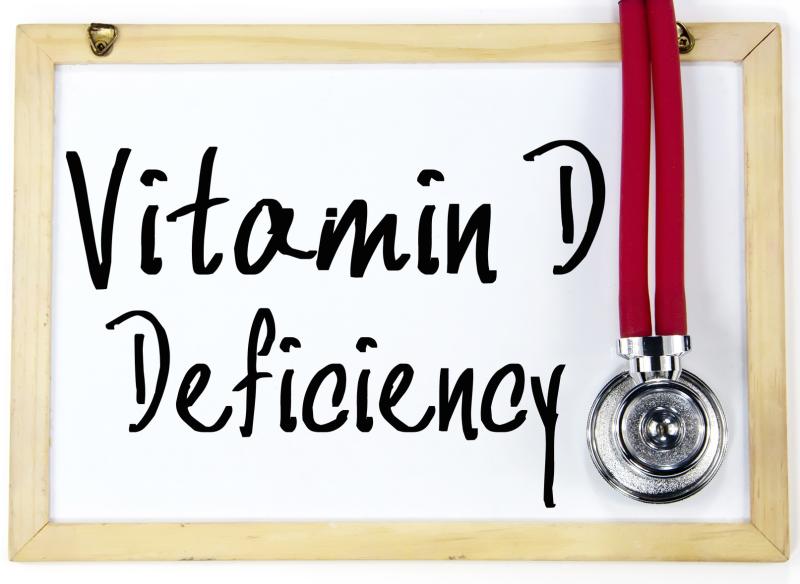
Mutations of the vitamin D receptor (VDR) appear to hasten the progression of essential hypertension (EH) aetiology, particularly when suffering from hypovitaminosis D and insufficiency, reveal the results of a cross-sectional study.
VDR mutations (rs2239179/rs2189480) correlated with a higher risk of EH (p<0.05) after adjusting for potential confounders. Plasma 25(OH)D3 levels showed an inverse association with EH, but no association was found between serum 25(OH)D3 and VDR variants.
Furthermore, patients with hypovitaminosis D who carried the homozygous variant genotype of rs2239179 were at greater risk of EH (odds ratio, 2.13, 95 percent confidence interval, 1.20–3.80) than carriers of wild-type homozygous and heterozygous genotype with vitamin D sufficiency.
“Notably, the detrimental effect of rs2239179 homozygous variant on EH became stronger in the case of serum 25(OH)D3 <30 ng/ml,” the investigators said. “However, we did not find the interaction effect between rs2189480 variants and serum 25(OH)D3 levels on the risk of EH.”
This study sought to assess the relationship between VDR variants and serum 25(OH)D3 levels and their interaction on EH risk in 1,539 eligible patients. The investigators genotyped two loci in the VDR gene (rs2239179, rs2189480) via TaqMan probe assays.
The associations among VDR polymorphisms, serum vitamin D metabolites, and EH risk were established using logistic regression, Kruskal–Wallis rank test, and Chi-square test. Finally, interaction plots were generated to examine the interaction effects of circulating 25(OH)D3 levels and VDR variants on EH susceptibility.